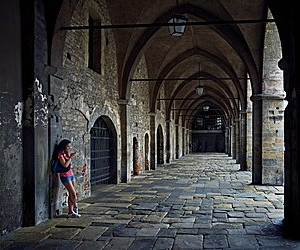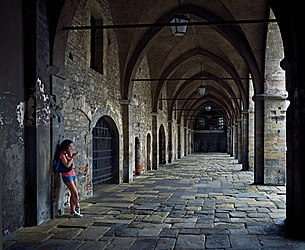When you get up in the morning doesn’t it feel good to put your feet down on some nice soft carpet. It’s quite warm and inviting plus it almost makes up for the fact that you’ve got to get out of bed. Can you imagine what it is like if you were putting it down on something else? Whilst a nice floorboard or real wood floor is good to, in the days before any of this we were a bit stuck for surfaces. What did we use before carpet? It might be that you’re looking at your carpet and thinking that it might need a bit of a clean and a Bristol Carpet Cleaning company like http://carpetcleaningcompanybristol.co.uk/ might be just the ticket.
- Mud and dirt. Let’s go back to the days of the Stone age to Iron age. It’s more than likely that your flooring options for the Round house you and the family are living in are basic to say the least. Apart from the big fire in the middle of the house you will probably have to go with the good honest earth beneath your feet. Naturally, this was not an ideal situation and the human race soon realised that it might be an idea to get something more substantial on the floor rather than dirt.
- Straw and Rushes. At the beginning of the development of human civilization and Empire there was but one choice and that was to use the straw and reed rushes that were abundant. The great thing about them was that they were dry and gave some warmth, even if they smelt a bit. There was also the annoying amount of beetles and bugs that decided to share your home. It soon became clear that something more permanent was required.
- Flagstones. There was a ready alternative knocking around all over the place. This was flat pieces of rock that could be cut, rounded and then laid down to form a floor. There was several things going for it. Firstly, it wasn’t dirt or mud, increasing public health considerably. Secondly, stones do not usually make a good home for insects. They did notice that the flagstones were uncomfortable to walk on and they were extremely cold on the feet.
The Romans took the flagstones idea further be making them into tiny coloured cubes and arranging them into pictures called mosaics. They also incorporated hot air underneath them removing the cold part. Eventually they realised that cloth and wool made into big room sized squares might be a way forward.


